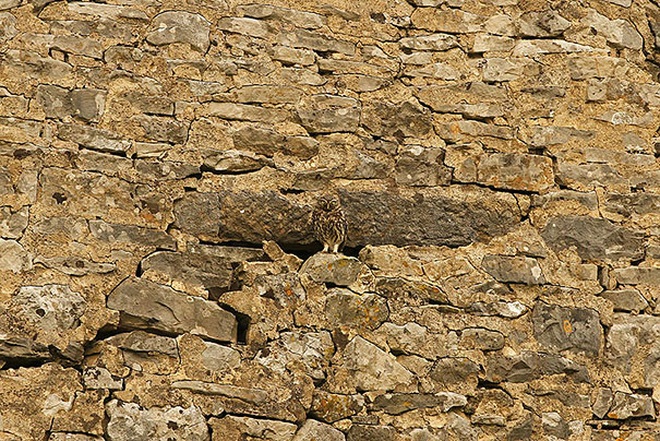Owls are known for their striking appearance and fascinating behavior, but one of the most impressive things about these birds is their ability to blend seamlessly into their surroundings. Owls are masters of camouflage, using their natural colors and patterns to disappear into the landscape and become nearly invisible to their prey and predators alike.
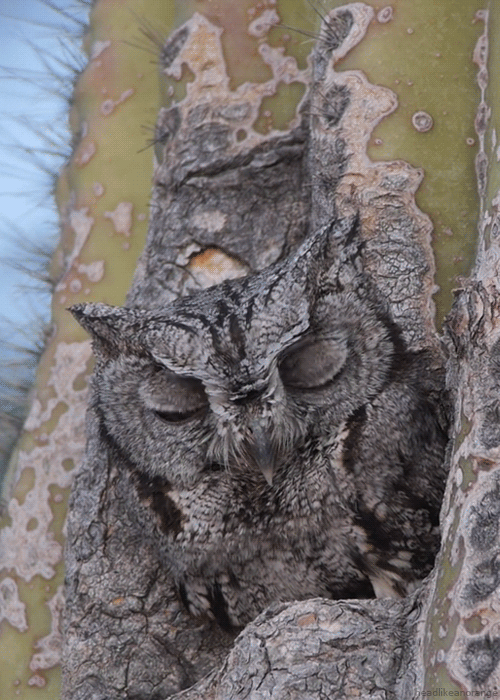
One of the reasons that owls are such effective camouflagers is their unique feather structure. The feathers on an owl’s body are not flat like those of most birds, but instead have a layered, shingled appearance that helps to break up their outline and create a more textured, irregular surface. This allows the owl’s feathers to absorb and reflect light in a way that makes them blend in with the environment, whether they are perched in a tree or on the ground.
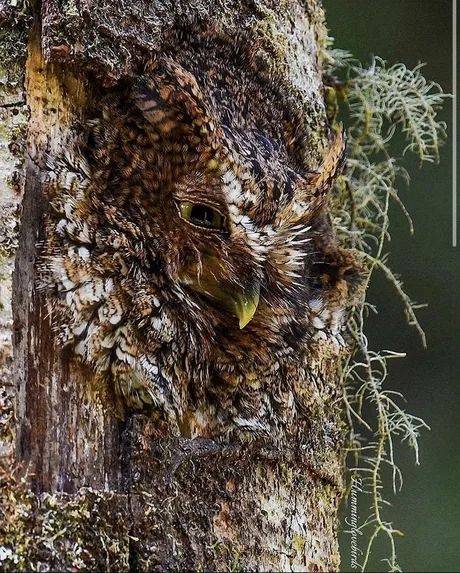
Another factor that contributes to an owl’s camouflage is its coloration. Many owl species have feathers that are various shades of brown, gray, and white, which can help them blend into the bark of trees, rocks, and other natural elements in their habitat. Some species, such as the barn owl, have a distinctive heart-shaped face that is not only visually striking but also helps to diffuse sound and improve their hearing abilities, making them more effective hunters.

In addition to their feather structure and coloration, owls also have other adaptations that make them masters of camouflage. For example, many owl species have asymmetrical ear openings that are positioned differently on each side of their head. This allows them to pinpoint the exact location of sounds and locate their prey with incredible accuracy, even in complete darkness.
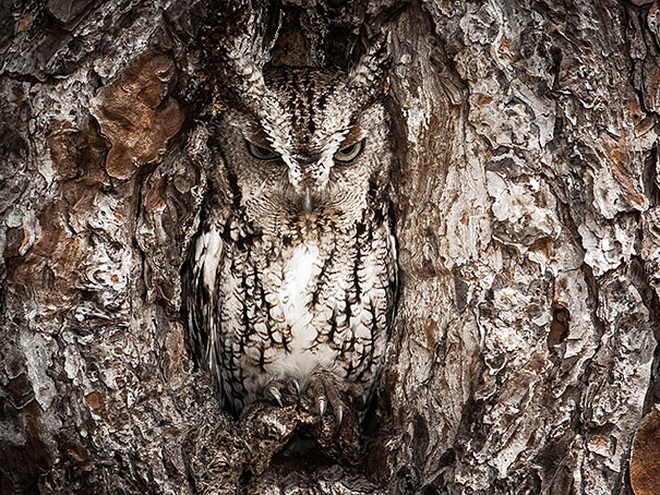
Owls also have large, forward-facing eyes that are perfectly adapted for low-light conditions. The size and shape of their eyes allow them to see in almost complete darkness, which is essential for hunting at night. Their eyes are also surrounded by a ring of feathers that helps to reduce glare and improve their vision in bright sunlight.
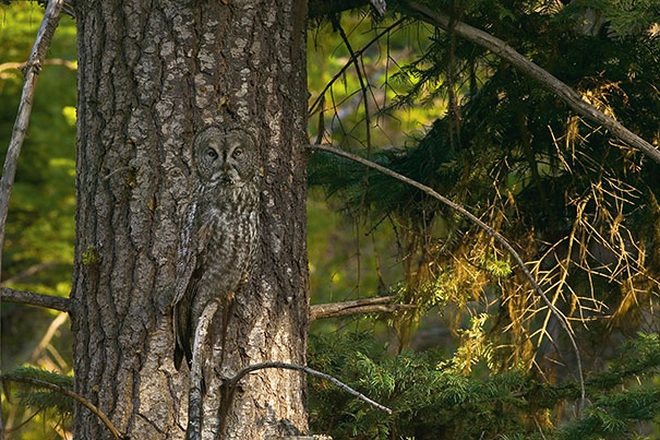
One of the most fascinating things about owls and their camouflage abilities is the way that they can change their appearance depending on their surroundings. For example, if an owl is perched in a tree, it may adjust the position of its feathers to match the pattern and coloration of the bark, making it nearly invisible to potential predators or prey. Similarly, if an owl is perched on a rock or in a grassy field, it may adjust its feathers to match the coloration and texture of its surroundings, making it nearly impossible to spot.
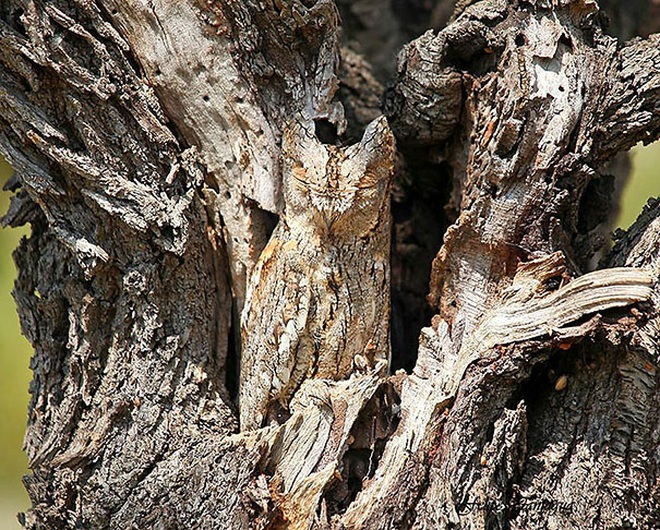
Owls also have a unique behavior known as “cryptic behavior,” which involves freezing in place and remaining completely still when they feel threatened or exposed. This behavior can be incredibly effective in helping them blend into their surroundings and avoid detection.
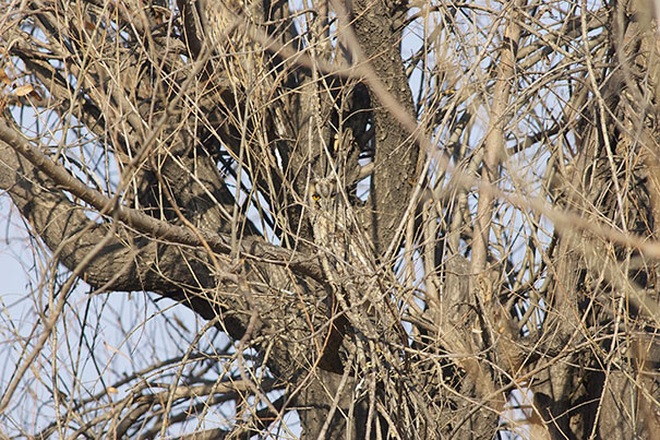
There are many different species of owls found around the world, each with its unique adaptations and camouflage strategies. Some of the most well-known owl species include the snowy owl, the great horned owl, the barn owl, and the screech owl. Each of these species has its unique coloration and feather structure, which allows them to blend into their specific habitat and become nearly invisible to their prey and predators alike.
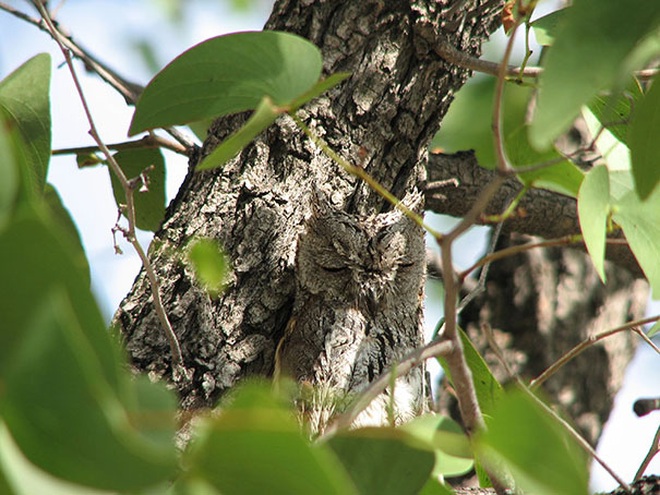
In conclusion, owls are truly masters of camouflage, using their natural colors, patterns, and unique adaptations to blend seamlessly into their surroundings. Whether they are perched in a tree or on the ground, owls have the ability to disappear from view, making them one of the most fascinating and mysterious creatures in the natural world. Their remarkable camouflage abilities are just one of the many reasons why owls continue to captivate and fascinate people around the world.
